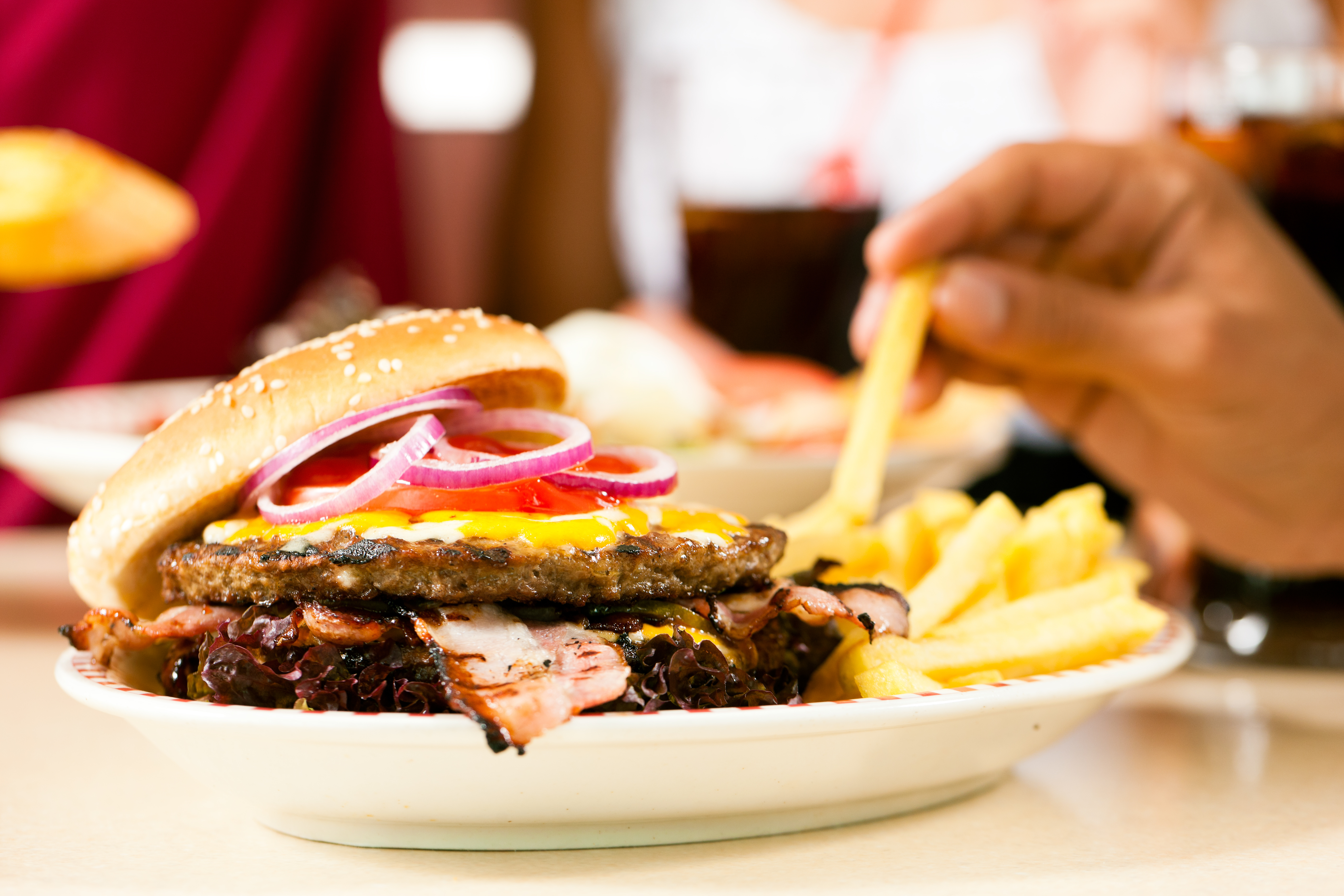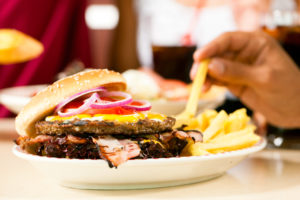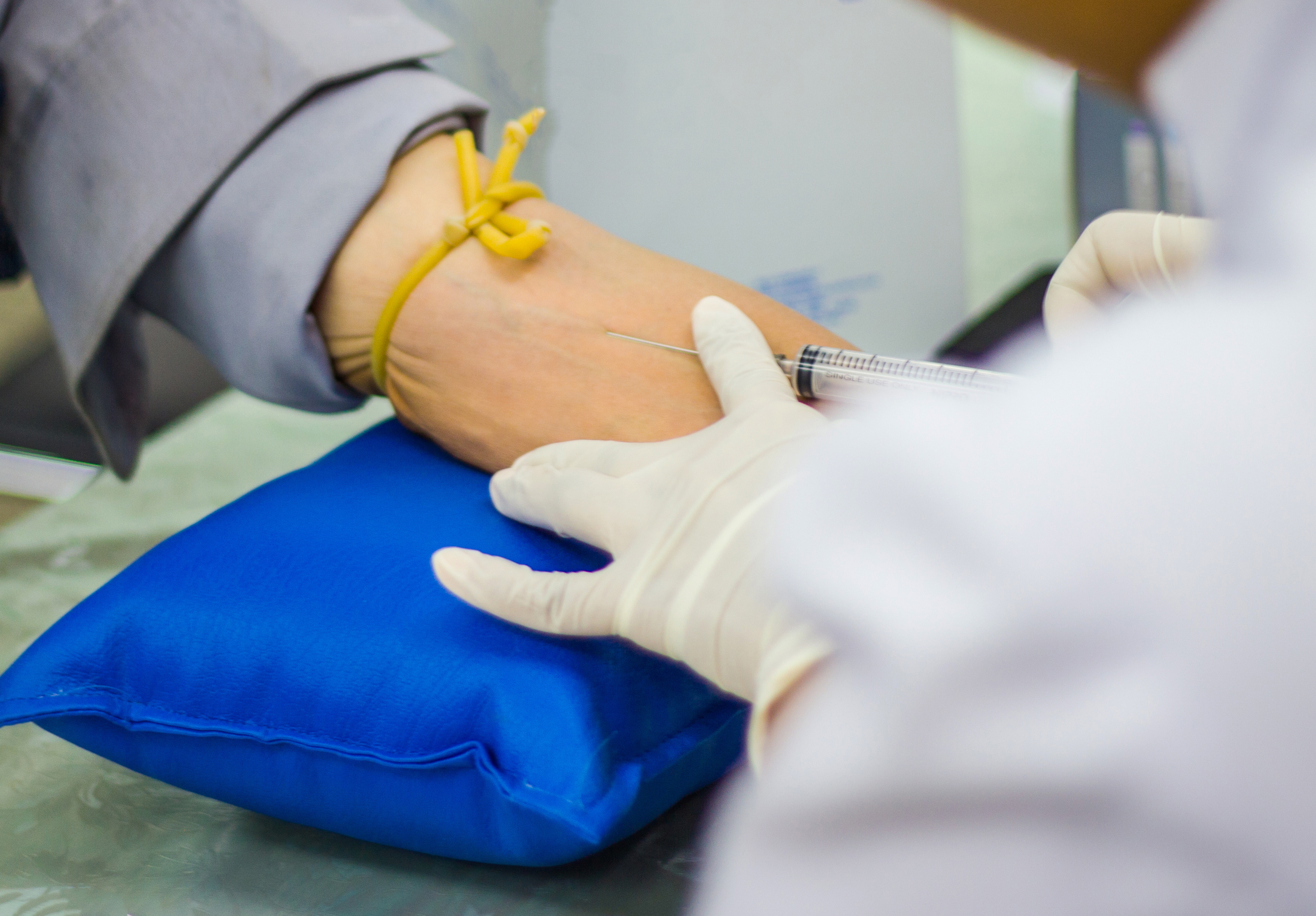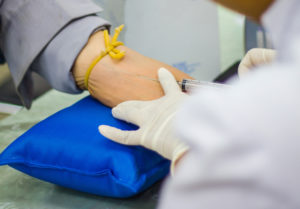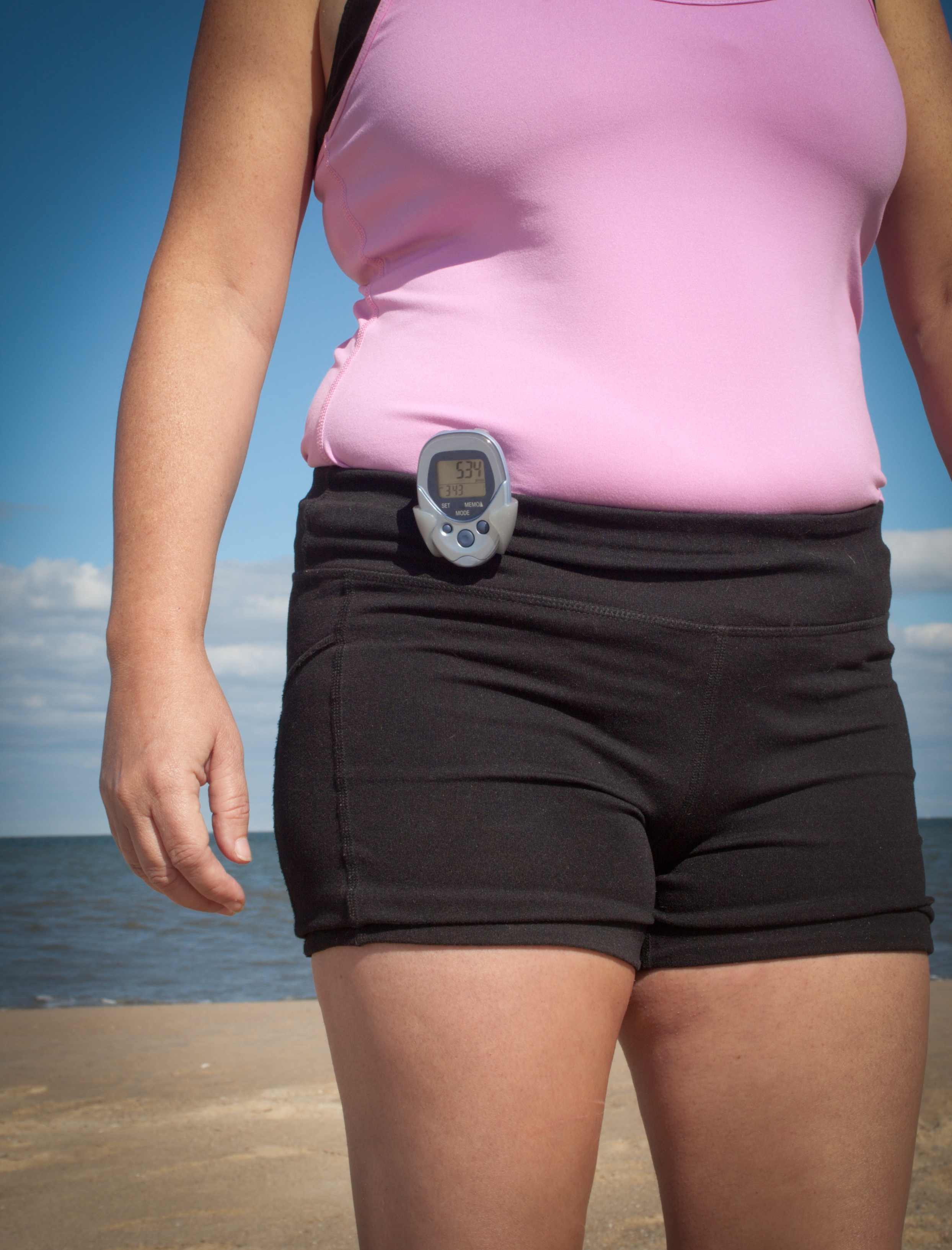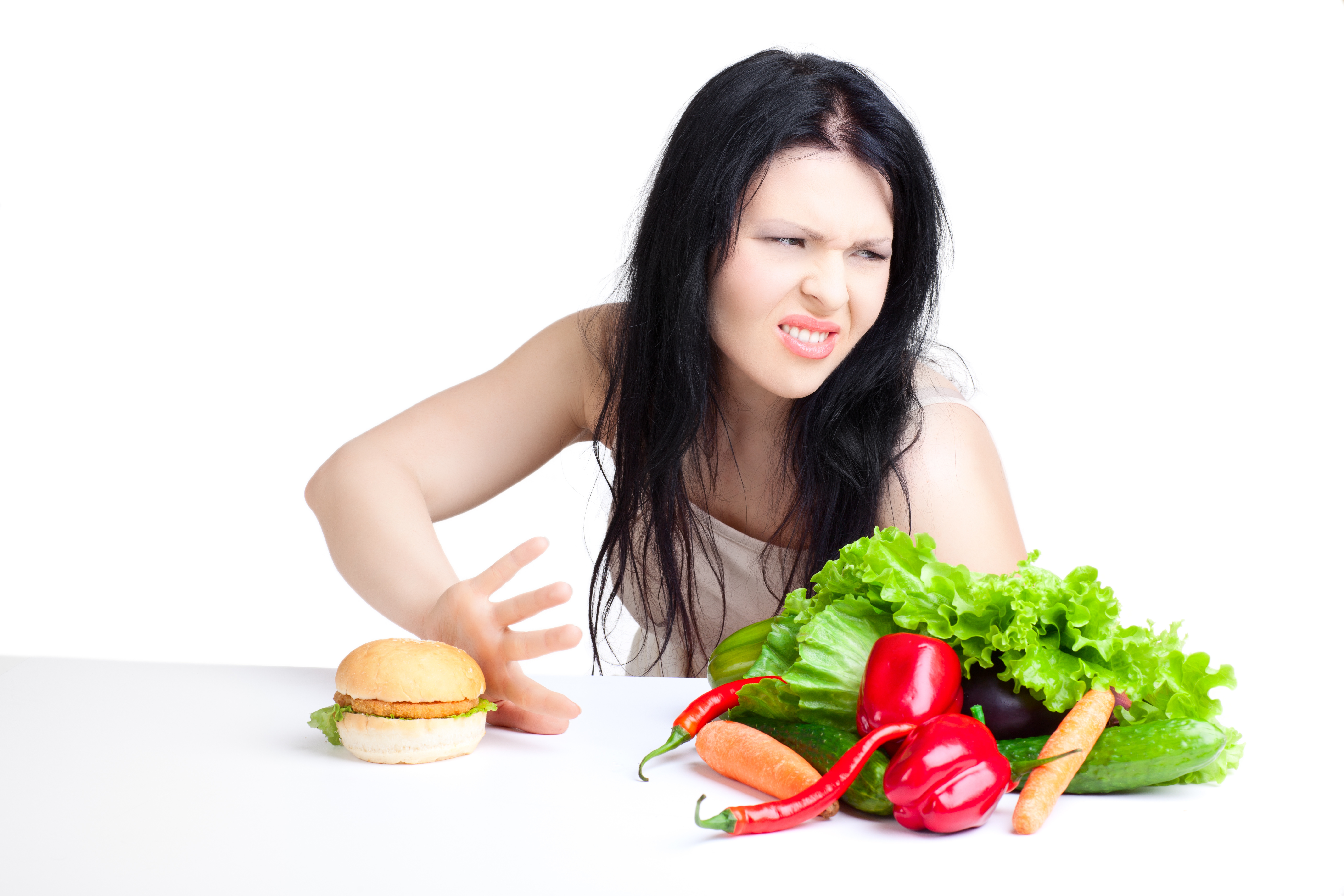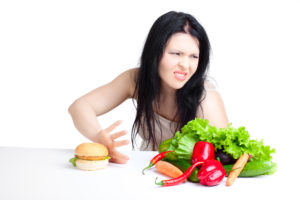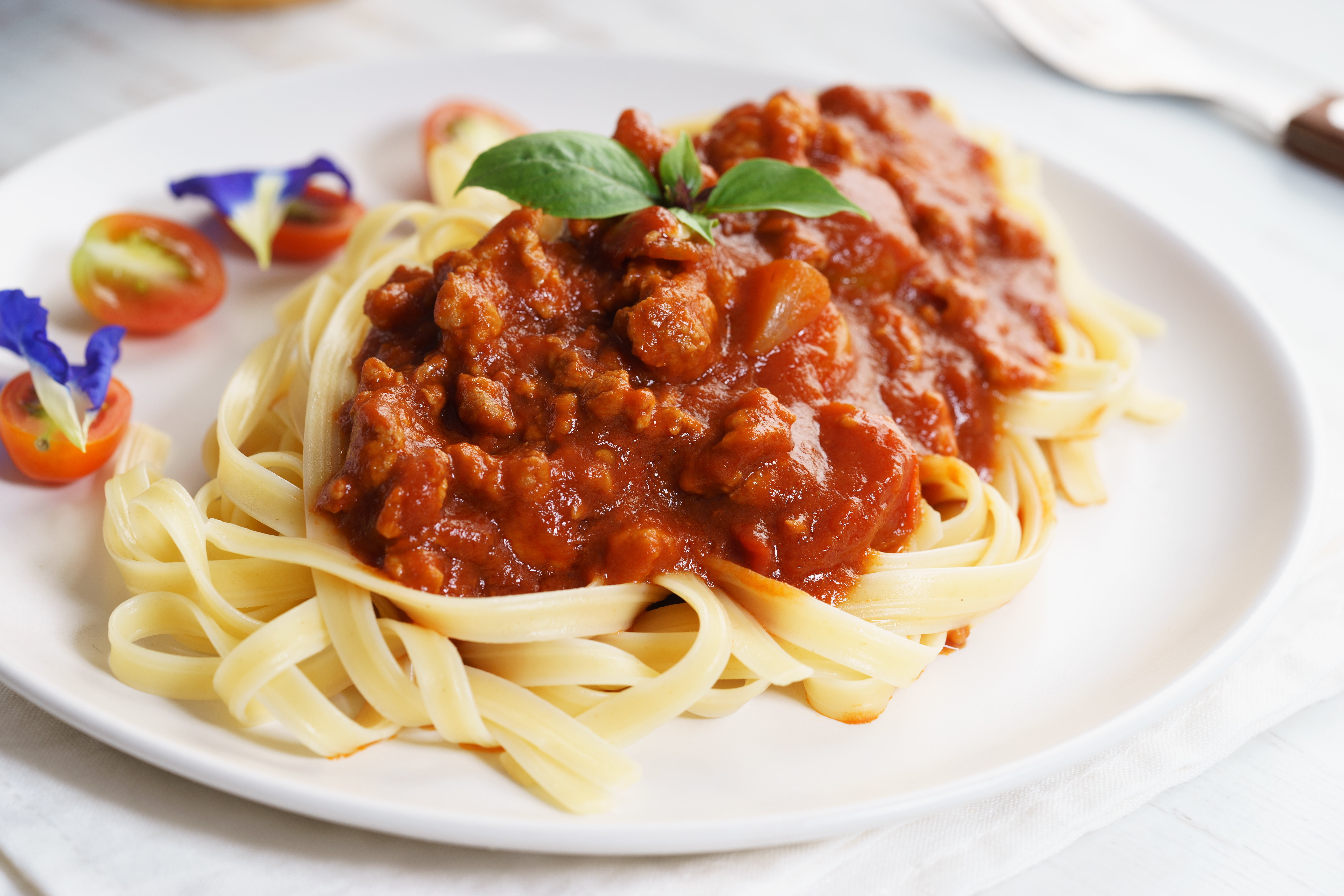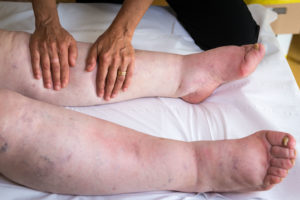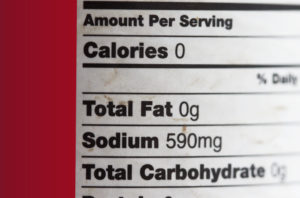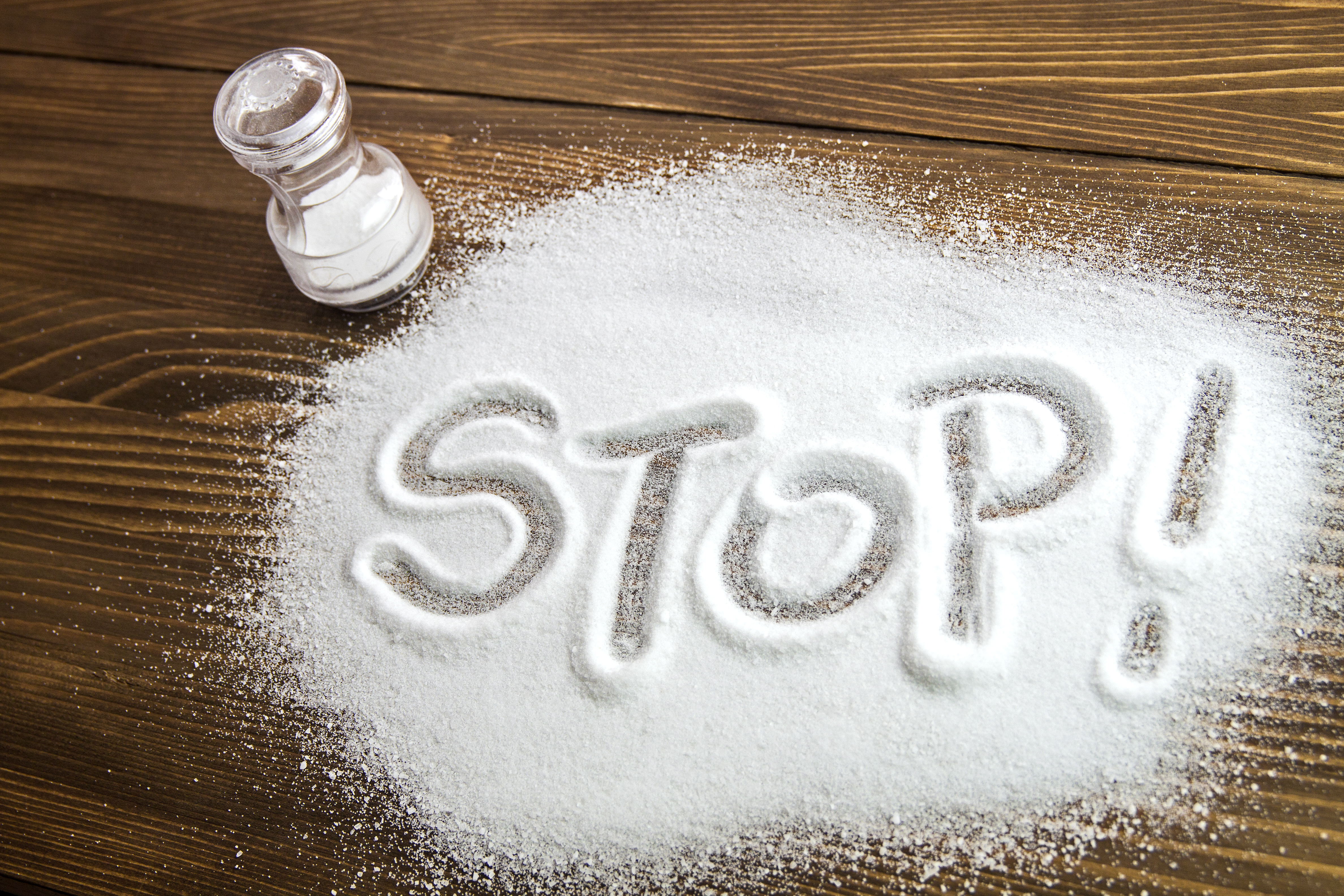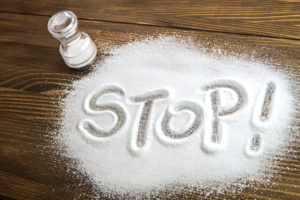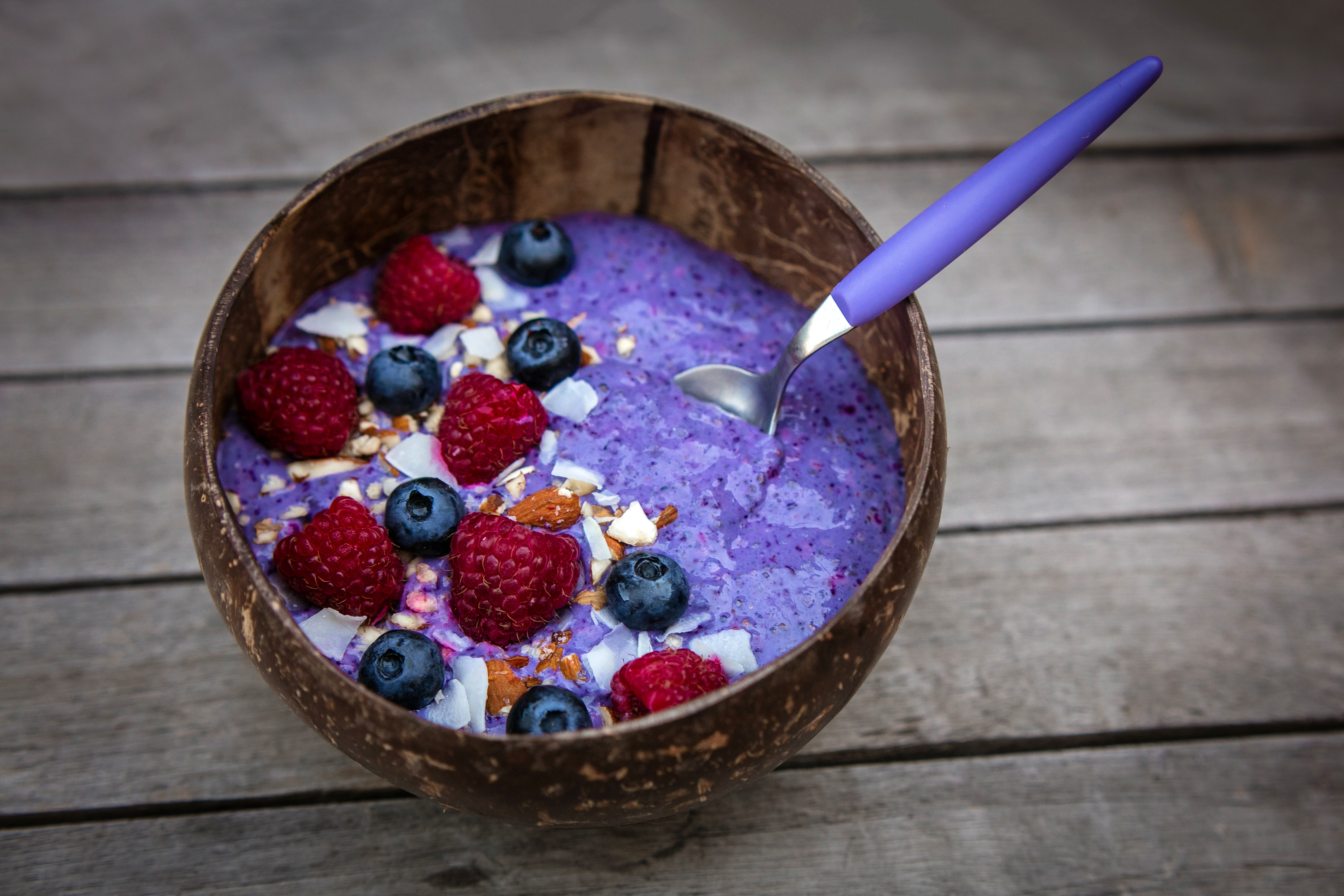Learn How To Cut Your Sodium Intake Reasonably And Easily
Chances are that you know by now that too much salt is not good for your health. Excess amounts increase blood pressure and the chance of heart disease. Chances are that you know by now that too much salt is not good for your health. Excess amounts increase blood pressure and the chance of heart disease. On the flip side, you can’t just cut out sodium, which is a key mineral in salt. It’s necessary to retain fluids and prevent dehydration in some cases, among other vital functions. But too much salt is more prevalent than too little salt. So what should you do?
Balance is key, and according to the USDA’s published dietary guidelines for average Americans, anyone 14 years of age or older needs approximately 2,300 mg of daily sodium on average. That’s only a single teaspoon of salt. If your blood pressure is high, you might reduce this down to 1,500 mg each day, per the American Heart Association. If you’re not sure what level you should target, consult your doctor or primary care physician for a personalized number based on your current health status and long-range goals.
Unfortunately, the majority of American adults take in over 3,400 mg of sodium every day, three-quarters of which is in processed and packaged foods. You can get 730 mg alone from one slice of a frozen pizza. Use the following tips to manage your sodium intake at a healthy level without avoiding sodium altogether, which is nearly impossible and also not healthy:
Look At Labels For Low Salt Foods
When you’re at your supermarket, study nutritional labels on all food packaging for salt or the listed mgs of sodium, which is often a required nutrient to list. Even bread and cereal can have surprising amounts of sodium. Compare multiple options of the same food to find the one that’s the healthiest.
But Canned Veggies Might Be Okay
Many canned veggies come in no-salt-added varieties. Having said that, many veggies, particularly beans such as chickpeas or kidney beans, can be drained and rinsed. This reduces the sodium by almost two-thirds!
Go For Unsalted Butter
If you use butter regularly, it can add a lot of daily sodium. Think about how often you use it for baking as well as spreading on crackers or bread or potatoes. Unsalted variants mean less sodium and should still enhance the flavor of anything you’re eating.
Get Unsalted Nuts
When nuts say they’re salted, they’re covered with sodium. Unsalted nuts are a much better choice, so try it. Even if you don’t like the taste, you can always sprinkle in your own sale or seasonings. You’re very likely to put a lot less sodium in there.
Don’t Get Deli Meats
These are packed full of things like sodium, which helps them last longer. Get a ready-roasted chicken instead so you can slice up portions you like for sandwiches high in taste but low in salt.
Don’t Use The Shaker So Much
If you typically find that home-cooked food has a bland taste without salt, just be mindful of the amount you shake out. Gradually cutting back helps, and so too does using other spices or seasonings. If you want to keep great flavor and expand your culinary leave, try herbs such as cumin and oregano, or add things like bay leaves, chopped onions, and crushed garlic.
Pass On Pickles And Condiments
Sodium is packed into sauces, particularly soy sauce, salad dressings, and ketchup. You can find low-salt or sodium-free versions for home use. If you’re ordering out, ask for condiments and sauces to be put on the side since you can then choose how much you want. Rather than piling pickles on something, since they use added salt for flavor, think about adding crunch and flavor using fresh slices of cucumber, onions, or peppers.
Once you start applying these tips to your daily lifestyle, it gets much easier to identify and then avoid salt traps. As you enjoy your healthier diet, your taste buds start adjusting. Once you develop a new appreciation for real food with natural flavors, you’re going to be less likely to go back to bad habits involving high sodium consumption.
Still want more ideas and information? Consult the following three resources used in researching the article you just read:
1) https://www.cdc.gov/salt/pdfs/sodium_dietary_guidelines.pdf
2) https://sodiumbreakup.heart.org/how_to_reduce_sodium
3) http://www.everydayhealth.com/columns/white-seeber-grogan-the-remedy-chicks/ways-to-reduce-salt-intake-every-day/
4) https://www.self.com/story/how-to-cut-back-on-salt
